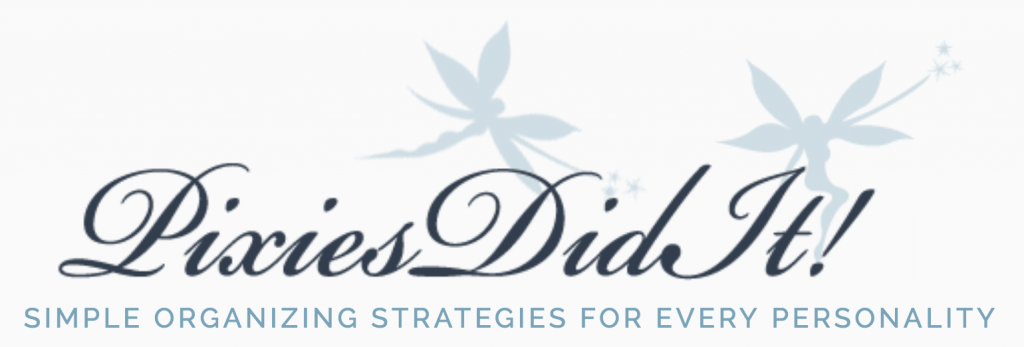Tidy Toys All in a Row
 Katie Brown, lifestyle expert, has a solution for toy clutter in June’s Real Simple that is so brilliant we’ve thought of it ourselves! Why? Because this display on the left could have only been designed by a visual Organic (NF) or Smart (NT) who understands the Classic (SJ) and Fun (SP) desire for tidy boxes. Why? Because everything is out in the open, beautifully arranged, and aesthetically pleasing with photos on the outside of enclosed boxes so that both visual types (Organics and Smarts) and hidden types (Classics and Funs) can see and find what they need, and even more important — know where to put it back.
Katie Brown, lifestyle expert, has a solution for toy clutter in June’s Real Simple that is so brilliant we’ve thought of it ourselves! Why? Because this display on the left could have only been designed by a visual Organic (NF) or Smart (NT) who understands the Classic (SJ) and Fun (SP) desire for tidy boxes. Why? Because everything is out in the open, beautifully arranged, and aesthetically pleasing with photos on the outside of enclosed boxes so that both visual types (Organics and Smarts) and hidden types (Classics and Funs) can see and find what they need, and even more important — know where to put it back.
The bright colors, of course, are perfect for a playroom and a safe way for types scared by bright colors to try the new trend. I can also see that this is set up so that the lower shelves — accessible by small children — have toys more suited towards their developmental level, and on a higher hard to reach shelves are the smaller toys that are in lidded boxes, or that’s where we would suggest you put the Leggos when you’ve got toddlers wandering around. Plus the most artfully arranged shelf is safe out of the reach of even the most precocious climbers. (And yes, don’t forget to make sure that book case is safely attached to the wall. Also, most kids I know will have the need for at least six more of these bookcases to hold their wares. In fact that’s usually what makes a toy look cluttered — not enough shelves to hold all the toys.)
Maintenance is always the hard part of a toy room, no matter what your type. Easier for Classics and Funs because they are more wired towards putting things away as soon as possible, almost a compulsion before they can relax. Smarts and Organics can more easily close the door to that messy playroom and forget that it’s a mess, until the next time. However, kids start to whine about not having any toys when they’re in a mess on the floor, so here are a few universal tips for keeping the playroom clean.
Help your kids tidy. Even 9 year olds have a hard time focusing on what needs to be done, and even with visual and written labels, they need to be instructed on what goes where. Physically instructed. If you help, they’ll help and the task will get done sooner. The more you show them where things go, the easier it will get for them to do it on their own, occassionally. 🙂 Children are never perfect, and neither are their playrooms, even if you have help. And those labels won’t even work with a grown-up who’s helping you. You kind of need to go through the playroom with a babysitter and/or a spouse and let them know where everything goes too. Don’t expect anyone to figure it out based on your categories.
